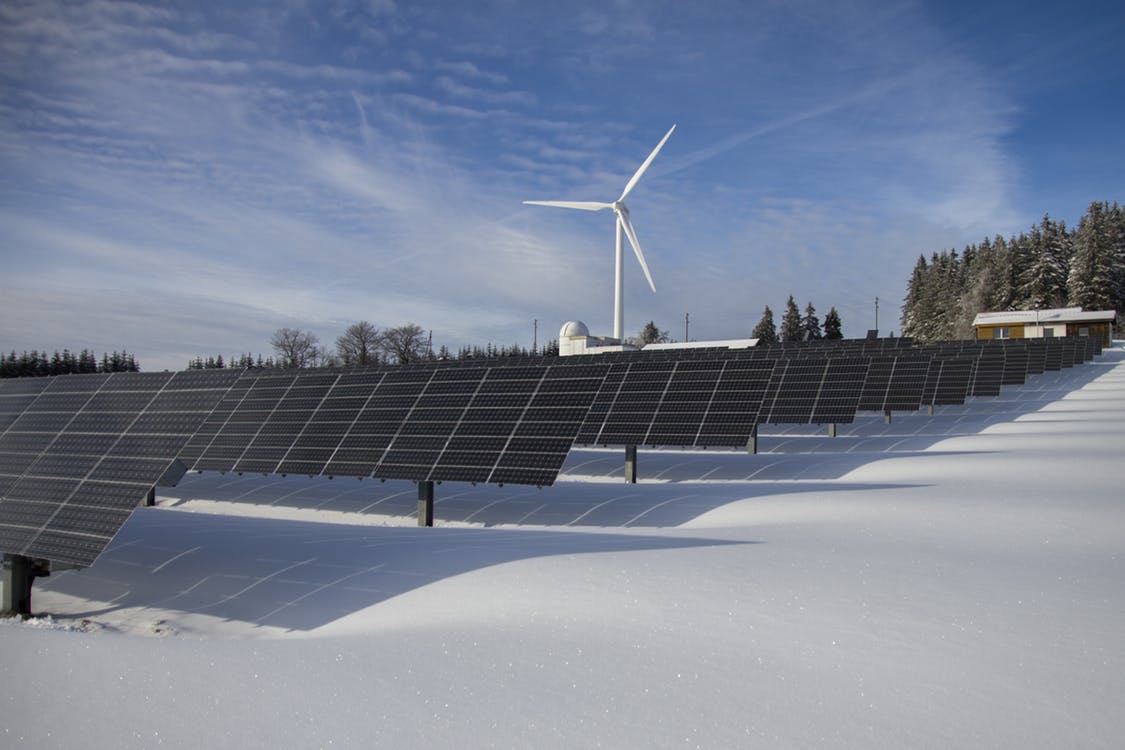Featured
Financial pitfalls in energy retrofits
Reduce your utility costs, innovate indoor housing and contribute to a greener economy by learning how to avoid financial pitfalls in energy retrofits.

In this article, I want to sum up the lessons learned about the financial pitfalls that prevent many of us from making smart decisions about energy retrofits, whether professionally or even privately, as homeowners.
In order to do so, we need to first realize that energy retrofits are potentially powerful balance sheet magic, for we are replacing a liability, a stream of future energy bills, with a fixed cost, the retrofit, i.e., we are investing in the future value of our business, or if that business is real estate in the future value of our property.
By definition, therefore, retrofitting is an intra-marginal investment, and it reduces risk (the possibility of future energy price hikes) by substituting a more economical alternative, a permanent improvement to the property and therefore a fixed asset that comes with either lower or no energy bills.
The nature of these investments, therefore, is that they reduce risk, or in investment terms, they have a low beta. They very often offer far better returns than any other investments that are available on the market, so they would have a high alpha.
Here are the ways in which investors tend to trip themselves up in this area:
1. Incentives steer us wrong.
Because of promotion by the government officials and by salespeople, various incentives, rebates, tax abatements, etc., often drive these initiatives, which often leads to a completely wrong analysis of the problem. Oftentimes, this results in a selection of economically suboptimal alternatives, because of the siren song of “we’re getting a break.”
The reason why this does not work is the same as why your wife would divorce you if you keep bringing in bags of sugar whenever it is on sale at the supermarket and you already have a three-year supply in the house. The bigger economic question is always first and foremost: Is it the right choice for your unique property? Still, companies and consumers fall for this all the time, which is a very expensive habit.
The old saw applies: Great financing can only make a good project better, it can never make a bad project good.

When going for an energy retrofit for your house, ask yourself, “Is it the right choice for my property?” (Source)
2. Energy retrofitting is an investment decision.
It is not an O&M decision because you are moving energy from liabilities to assets, and the equipment becomes a permanent part of the asset (property). These decisions, therefore, are not operating decision but investment decisions.
Even worse, if they stay at the operating level, the risk is incremental decision-making, which gets in the way of serious retrofitting. What is needed is a 30-year lifecycle capital budget for energy, which is updated periodically to account for changes in technology, and all energy retrofits should be vetted against that plan, in order to prevent that small incremental fixes get in the way of major retrofits.
3. The payback of equipment may be useful in assessing the attractiveness of different technologies.
However, it is inadequate to make an investment decision. What is needed is a complete plan, that can be compared on a Net Present Value basis against the base case. The typical base case is: “What if we did nothing?” In the “do nothing” case, the current energy bills and maintenance, including like-for-like replacement would be assumed to continue.
Different alternatives can then be compared to the reference case, to show by how much they could improve the value of the asset. Do not listen to salespeople who try to sell you their wares because they can “save money” on your energy bills. That is not how wealth is built as you are likely to make a suboptimal choice.
Recently, the New York state is looking to make a breakthrough in this area by fostering projects for net-zero retrofitting of low-income housing. Doing so will generate a whole new level of expertise in the marketplace.
—
DISCLAIMER: This article expresses my own ideas and opinions. Any information I have shared are from sources that I believe to be reliable and accurate. I did not receive any financial compensation in writing this post, nor do I own any shares in any company I’ve mentioned. I encourage any reader to do their own diligent research first before making any investment decisions.

-

 Crypto5 days ago
Crypto5 days agoBitMine Surpasses 4 Million ETH Holdings Amid Market Volatility
-

 Crypto2 weeks ago
Crypto2 weeks agoTether Targets $500 Billion Valuation in Landmark Funding Push
-

 Markets1 week ago
Markets1 week agoDow Jones Strength Faces Risk From a Potential Yen Carry Trade Unwind
-

 Business2 weeks ago
Business2 weeks agoPrecious Metals’ Bull Market Continues

























You must be logged in to post a comment Login